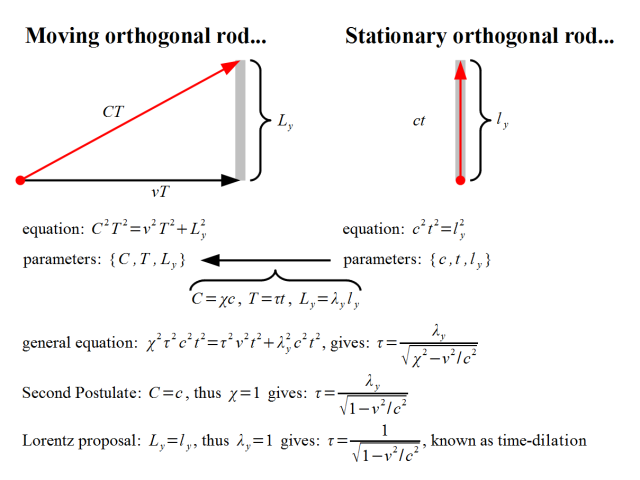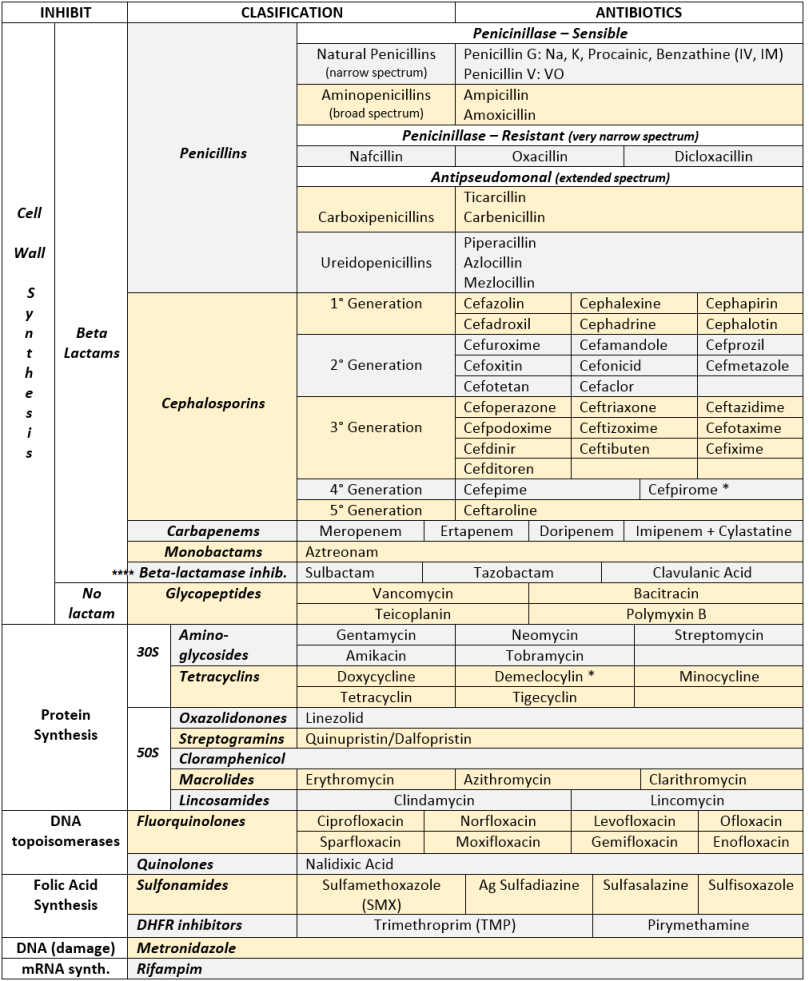The weird conclusions of relativity originates from the observations of electromagnetic behaviour and combining these with important statements in old mechanics. What is electromagnetism?
Electric fields: An object can have electrostatic charge, which is either + or -. Opposite charges attract, like charges repel. Charges create electric fields.
Magnetic fields: A moving electrostatic charge is attracted to like charges if they move in the same way. If they move in the opposite way it is repelled. Vice versa, opposite charges repel each other magnetically when moved in the same direction and attract each other when moving in the other direction.
Principle of relativity: Velocities are only relative. It cannot be determined which observer is actually moving!
The theory of electromagnetism:predicts that what one observer sees as an electric field, another moving observer will see as an electric field mixed with a magnetic field! Another prediction is that the speed of light only depends on the properties of space, and not on wether or not an observer is moving. This means that either space is absolute or that the speed of light is invariant. We found in experiments that the latter is true, thus leading to special relativity. Philosophically and theoretically it also makes more sense, since the notion of absolute space is considered absurd:
The laws of physics transform from one inertial frame to another according to Galilean relativity, leading to the following objections to absolute space, as outlined by Milutin Blagojević:
- The existence of absolute space contradicts the internal logic of classical mechanics since, according to Galilean principle of relativity, none of the inertial frames can be singled out.
- Absolute space does not explain inertial forces since they are related to acceleration with respect to any one of the inertial frames.
- Absolute space acts on physical objects by inducing their resistance to acceleration but it cannot be acted upon
Special relativity:
The speed of light is for every observer the same, regardless of relative velocities.
This means that every observer will measure the same lightspeed. This leads to three important conclusions:
- Time dilation/stretching
- Length contraction
- Loss of causality
These conclusions can be summed up as the notion that space and time can be interchanged. Distances in space and time are not absolute, only the distance in spacetime is absolute. Just like the loss of absolute distances in space and time, there is a loss of the corresponding conservations laws: conservation of momentum (which corresponds with space) and conservation of energy (which corresponds with time). These are replaced with the more general conservation of energy-momentum (or it is actually called 4-momentum). Considering this, we conclude that energy has inertia or that energy is equal to mass in that sense. This last sentence is the starting point of General Relativity, or understanding better the nature of gravity.
General relativity
Since Energy is equal to mass, it has to be susceptible to gravity and also produce gravity! This means the following statement is true, and it is the starting point for General relativity:
Electromagnetic radiation (or light) produces and reacts to gravitational fields.
This leads to the following conclusions:
- Lightpath bend because of gravity
- Light loses energy and thus frequency/wavelength when moving away from a mass and vice versa.
Equivalence principle: there is no difference between an acclerating inertial frame and a gravitatinoal field. This leads to the fact that there is no difference between a fictitious force in an accelerating frame of reference and a gravitational force in a gravitational field.
Since fictitious forces arise because objects are only moving in a straight path because of their inertia, gravitional forces could arise because objects are only moving in a straigh path because of their inertia in spacetime.
Fictitious forces also vanish in a certain reference frame, just like gravitational fields.
Special relativity implies that an accelerating frame has non-Euclidean geometry (ehrenfast paradox).
The equivalence principle says that there is no distinction between accelerating frame and a gravitational field.
Combining these two statements leads to the observation that there is a non-Euclidean geometry in a gravitational field.
The equivalence principle implies that an accelerating frame has non-Euclidean geometry.
Inertial objects maximize their proper time. Since proper time is maximized closer to massess, objects move towards it.
Parrellel vector transport quantifies curvature
The stress-energy tensor notes the 4-momentum current.
(To be continued)





